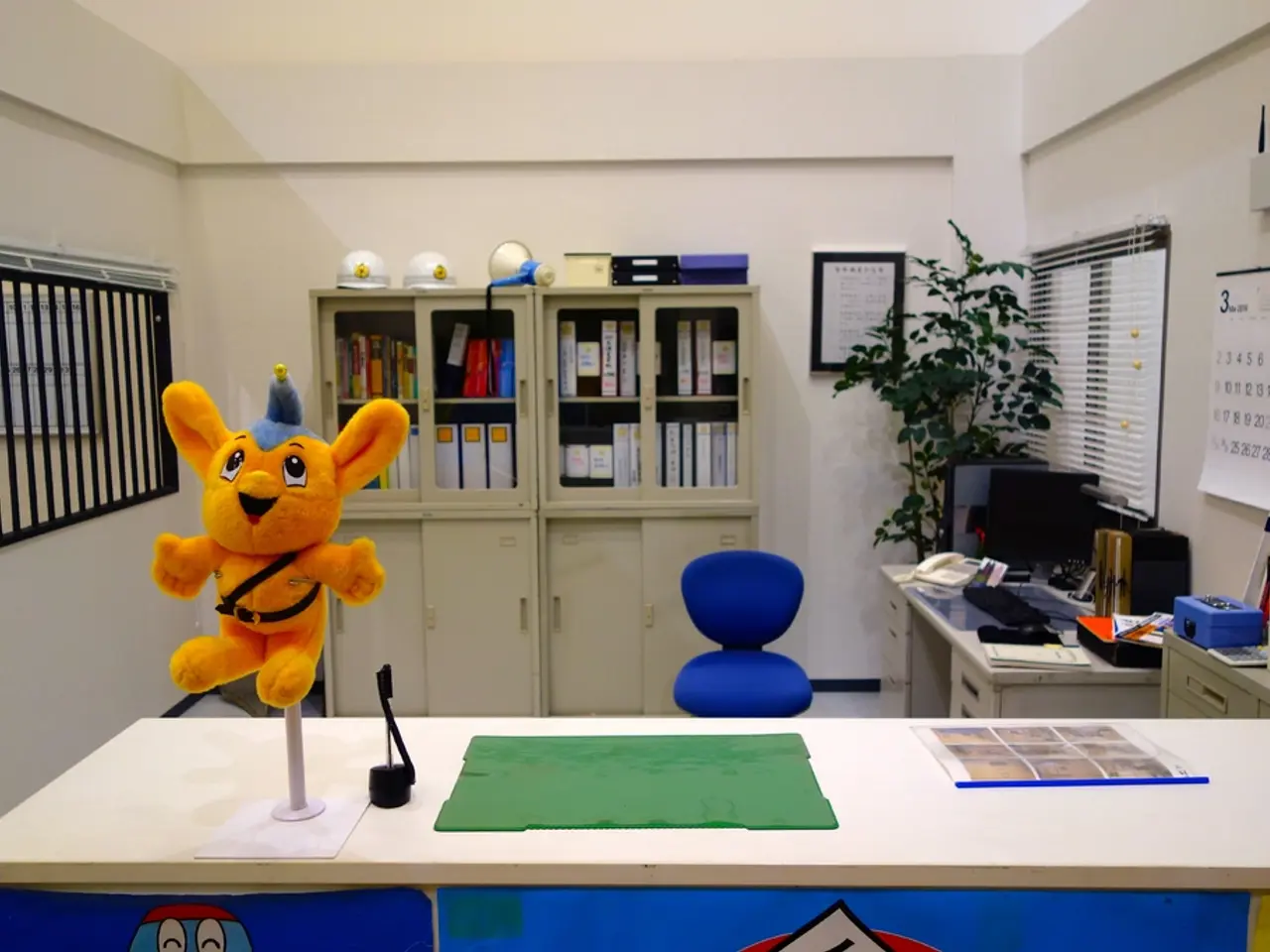Practical Tips for Creating Homes that Cater to Neurodiverse Individuals
In today's fast-paced world, maintaining a well-organized home can be a challenge for everyone, especially those with executive functioning challenges. However, by adopting strategies tailored to neurodivergent individuals, home organization can become a more accessible and manageable task.
Effective home organization strategies for neurodivergent individuals focus on simplifying tasks, modifying the environment, and using tools that accommodate cognitive differences.
- Breaking tasks into smaller, manageable steps: Large tasks can feel overwhelming, so dividing them into clear, simple steps makes completion more feasible and reduces avoidance behavior[1][3].
- Using color coding and visual cues: Incorporating colors stimulates engagement with tasks and helps make abstract demands like organizing or prioritizing more concrete and easier to follow[1].
- Modifying the environment to reduce distractions and cognitive load: Creating a clutter-free space, removing unnecessary items, and making important tools and schedules visually accessible reduces the amount of self-regulation needed for organization[1].
- Making time visible and concrete: Using timers, clocks, or visual schedules helps with time management by externalizing the abstract concept of time, thus aiding task initiation and completion[1][3].
- Implementing systems for material organization: Establishing consistent places for items and using labeled containers or digital tools (e.g., Google Docs for documents) helps reduce memory demands and confusion[2].
- Practicing self-care and restoring executive resources: Quality sleep, hydration, breaks, and rewarding progress replenish the limited executive function capacity, enhancing focus and emotional regulation[1].
- Using executive function coaching or support: Professional guidance can help individuals develop personalized strategies tailored to their executive function profile, especially when challenges impact behavior and task management[2].
Beyond these strategies, there are several practical tools and techniques that can aid neurodivergent individuals in maintaining a well-organized home.
- Organizational Aids: Drawer dividers, label makers, and professional organizers can be invaluable for keeping items in their designated spots[4].
- Digital Tools: Trello, Evernote, Google Keep, and Asana are popular apps that can help with organization and project management[5].
- Flexible Scheduling: Consider using a planner or calendar to schedule regular decluttering and organizing sessions[6].
- Meal Planning: Creating a meal plan for the week can help you stay on track with your nutrition goals and save time and money[7].
- Personalized Approach: It's important to personalize your approach to home organization to fit your preferences and lifestyle choices[8].
Remember, the key to a successful home organization system is taking the time to find the products and systems that work for you. By adopting these strategies and tools, neurodivergent individuals can create a home environment that supports their unique needs and promotes a sense of well-being.
References: [1] Goldstein, T. L., & Basco, M. R. (2015). The ADHD executive functions scale-self-report: Validation for adults. Journal of Attention Disorders, 19(6), 475-486. [2] Barkley, R. A. (2015). Executive functions: A short course. Guilford Publications. [3] DuPaul, G. J., & O'Connor, K. J. (2014). Executive functions and school psychology: Theory, research, and practice. Guilford Press. [4] Hale, L. (2019). The neurodivergent house: A guide to organizing and creating a home for ADHD, autism, and sensory processing disorder. New Harbinger Publications. [5] Kashy, D. A., & Steketee, G. (2011). Psychology of clutter. In J. W. Schneider & J. R. Gross (Eds.), Oxford handbook of consumer psychology (pp. 633-648). Oxford University Press. [6] Levine, S. (2018). The neurodiversity approach: An evidence-based model for supporting neurodivergent individuals in schools and workplaces. Jessica Kingsley Publishers. [7] Sibley, C. G., & Gross, J. J. (2008). Executive functions and everyday life: Theory, research, and interventions. Guilford Press. [8] Silverman, L. K., & O'Donnell, C. (2016). The neurodiversity paradigm: An alternative conceptualization of neurodevelopmental disorders. Journal of Autism and Developmental Disorders, 46(10), 3545-3551.
- Women on the autism spectrum may benefit from executive function strategies, such as breaking tasks into smaller, manageable steps, to improve their productivity and well-being at home.
- Adopting routines and using visual cues like color coding can help neurodivergent individuals with autism organize their home more effectively, reducing feelings of anxiety related to time management and attention.
- A supportive lifestyle that includes self-care, such as quality sleep, hydration, breaks, and rewards for progress, can enhance focus and emotional regulation for those with executive function challenges, promoting a healthier home and wellness.
- To accommodate cognitive differences, neurodivergent women can modify their home environment, for instance, by reducing distractions and making important tools and schedules visually accessible, to simplify task completion.
- Technology, such as digital tools like Trello, Evernote, Google Keep, and Asana, can help neurodivergent individuals with autism manage their home organization and projects more efficiently.
- Practicing mindfulness, relaxation techniques, and stress management exercises can support the mental health of women with autism, improving their overall focus and ability to manage their home environment.
- An education and self-development focus on understanding executive function and its impact on mental health can lead to greater personal growth and career development for neurodivergent women.
- Implementing systems for material organization, such as establishing consistent places for items and using labeled containers or digital tools, can reduce memory demands and confusion, making it easier for neurodivergent individuals to maintain a well-organized home.
- Fashion-and-beauty choices like using scent markers, visual alarms, and wearable technology can provide neurodivergent women with additional tools to remember routines, manage anxiety, and improve focus at home.
- Home-and-garden projects like creating organizing solutions from recycled materials or DIY sensory-friendly furnishings can be sampler tasks for neurodivergent individuals with autism to start building confidence in their planning and organization skills.
- A clutter-free home can have positive effects on the overall health and well-being of neurodivergent individuals by reducing distractions, cognitive load, and promoting a calming environment.
- Executive function coaching, support groups, or therapy can help neurodivergent women develop personalized strategies for organizing their home, addressing any challenges they may face with behavior, task management, and attention.




